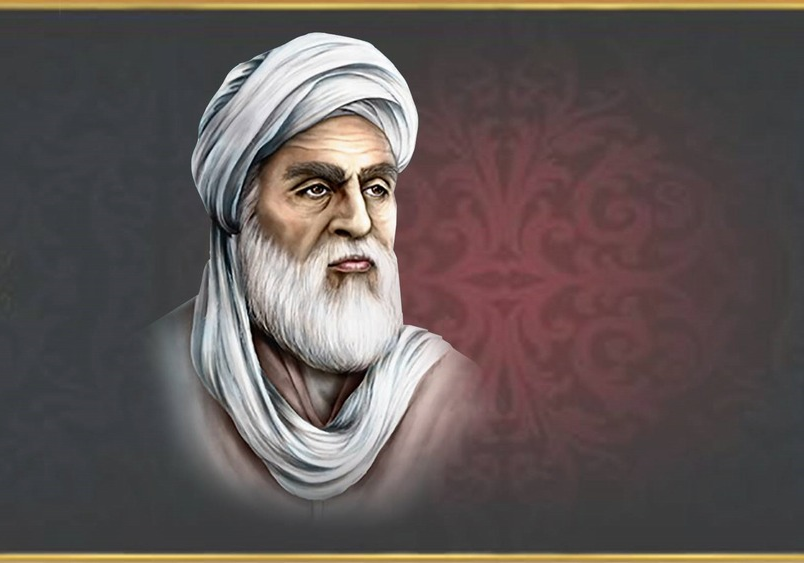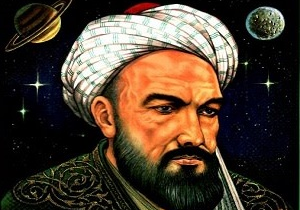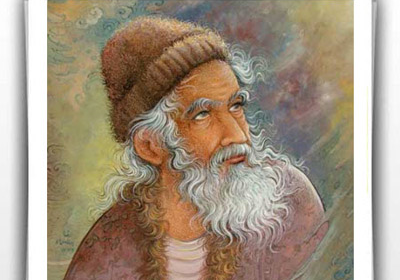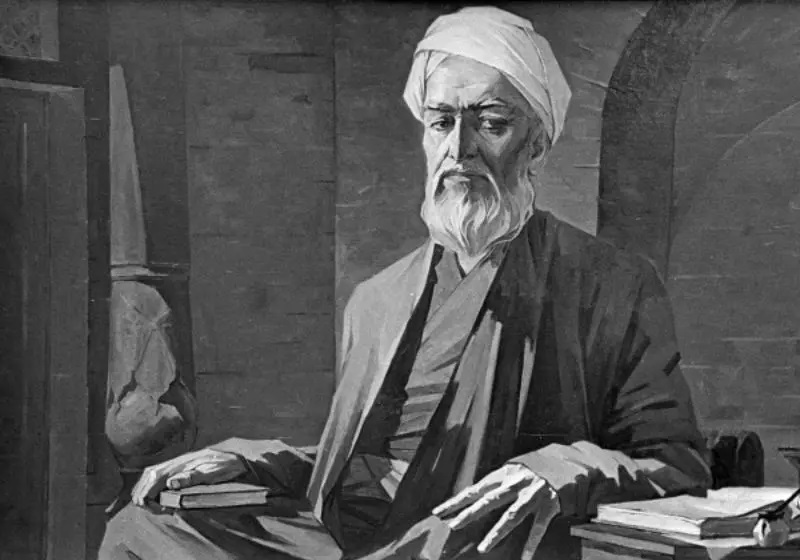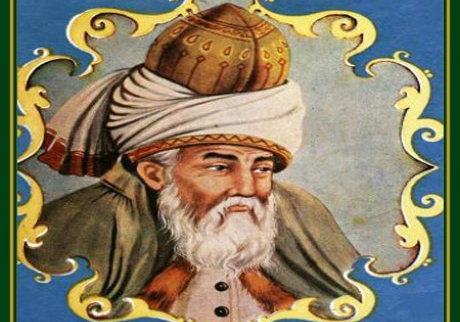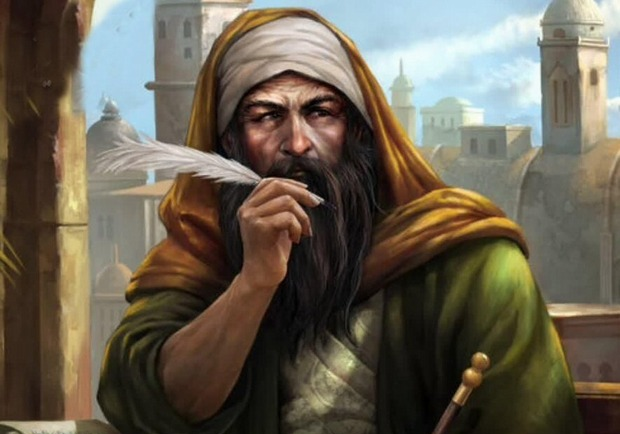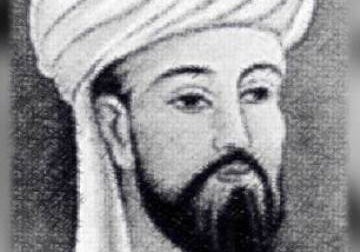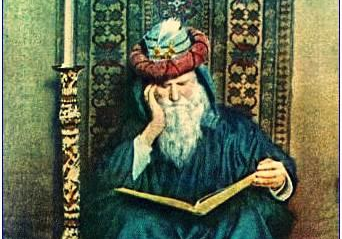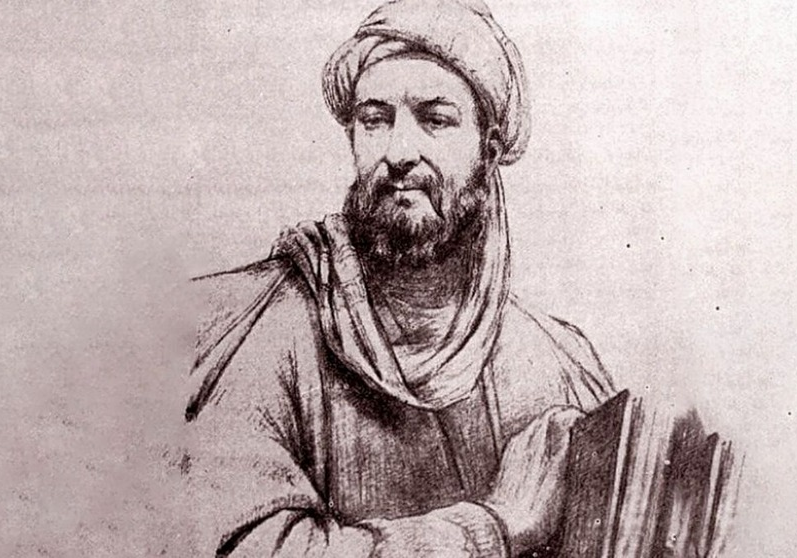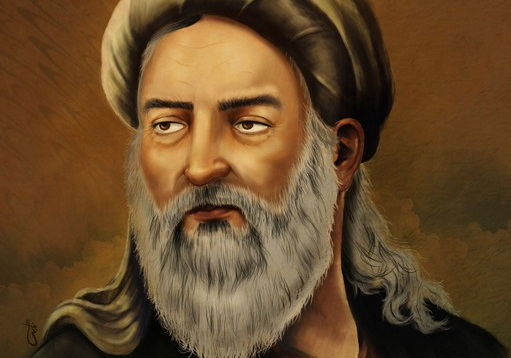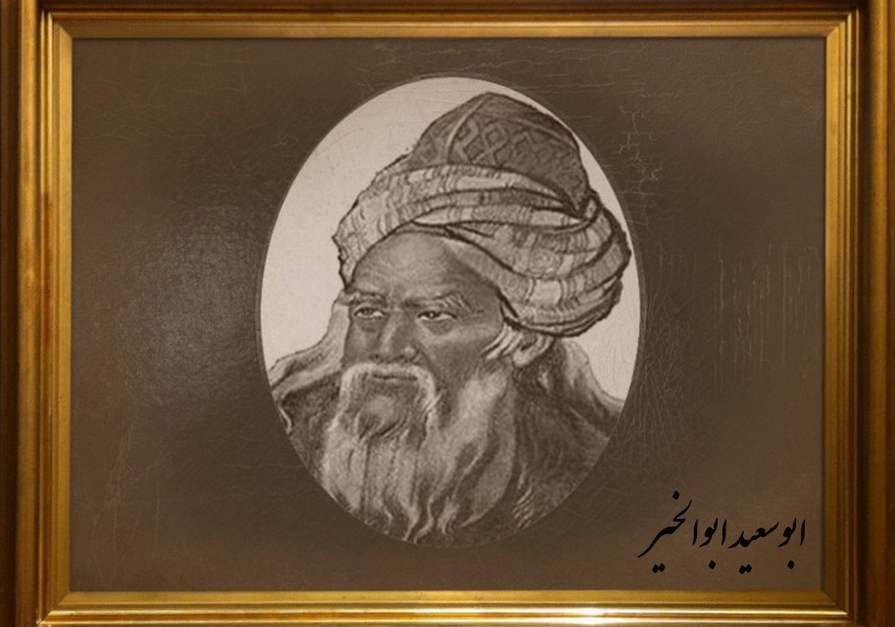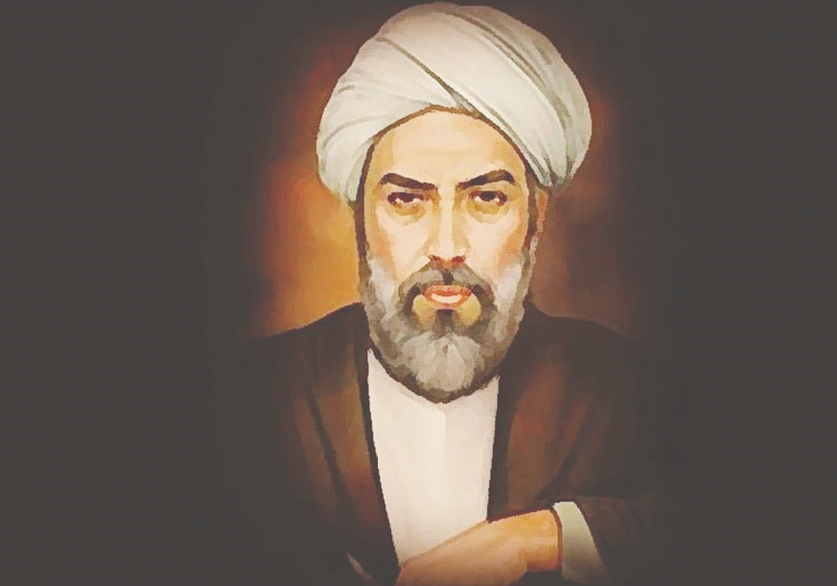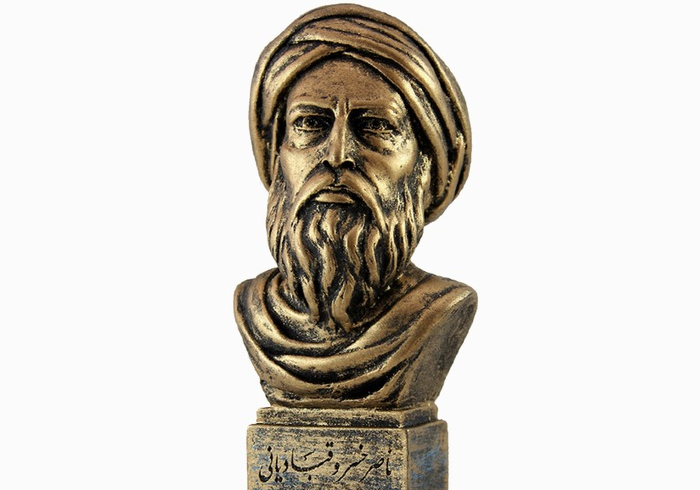
Ibn Bawwab: Scripting the Holy Quran in Beautiful Reyhani Naskh Script
Aladdin Abolhassan Ali ibn Hilal, also known as “Ibn Bawwab” was a well-known calligrapher and illuminator who lived around the 4th and 5th centuries AH (10th and 11th centuries AD). No precise information has been produced about Ibn Bawwab’s birthplace, but what is quite clear is that he lived in Baghdad for most of his life. His father, Hilal, was a doorkeeper who served the Buyid dynasty, which is why Aladdin Abolhassan Ali ibn Hilal was known as “Ibn Bawwab” which literary means “son of doorkeeper”.
Mansoob Style of Calligraphy
He initially had an interest in painting and miniature, but later found himself more involved in illumination. He decorated the houses that belonged to the noble class. In addition, he studied literary sciences under the tutorship of Ibn Jenni, Abolhossein Mohammad bin Sam’un Vaez, and Abu Obeidollah Marzbani. He gradually fell in love with calligraphy and began to spend all his time scripting. He learned calligraphy from Mohammad bin Assad and Mohammad bin Samsani. The two were the most prominent calligraphers during the Abbasid dynasty who created the Naskh script and also served as civil servants.
With his artistic insight, Ibn Bawwab beautifies the Mansoob style of calligraphy. The creation of Reyhan and Mohaghagh styles of calligraphy has been attributed to Ibn Bawab, and it is said that he made a lot of efforts in improving and beautifying such calligraphy styles as Narges, Lu’lu’i, Murssa’, and Vashi. Ibn Bawwab reached such a position in calligraphy that he became the top most calligrapher of his time, and as stated in the historical sources, no one can be found among the earlier calligraphers who could script like him. Baha al-Dawlah, the son of Azad al-Dawlah Daylami, chose him as the librarian of his library in Shiraz during the time of the Buyid Dynasty. Ibn Bawwab also established a school for teaching calligraphy that was functional until 698 AH (1298 AD).
Ibn Bawwab’s Script: A Scarce Script
Due to its importance in the literary world, Ibn Bawwab’s script became scarce at the beginning of the 7th century AH (13th century). Interestingly, it has been mentioned that before acquiring such a position Ibn Bawwab had written a seventy-page request to one of the noble figures of the time, only to receive two Dinars to start his work. It was not long after this incident that Ibn Bawwab’s calligraphy works became rare and precious. It is stated in historical sources that his letter of request of two dinars was first sold for 17 dinars and second time for 25 dinars. Ibn Bawwab had reportedly produced 64 copies of the Qur’an. A copy of the Qur’an written by him in 391 AH (1001 AD) is currently kept in Chester Beatty Library.
Despite the consensus that the copy of the Qur’an is written in Naskh script, experts argue that in terms of style, Ibn Bawwab’s Naskh in scripting the Qur’an leans more towards Reyhan style, or in other terms is a “Reyhani Naskh”. There are some other works attributed to Ibn Bawwab including the Divan of the pre-Islamic poet, Salama ibn-Jandal, one of which is kept in Topkapi Palace in Istanbul and the other one is in the Museum of Turkish and Islamic Artifacts. Ibn Bawwab’s calligraphy style was the main style of calligraphy before the rise of Yaghoot Mostasami as the predominant style. It is also important to mention that Ibn Bawwab had students such as Mohammad bin Abdolmalek. Ibn Bawwab had an interest in poetry, too. His famous calligraphic ode contains 28 verses. Upon his death in 1022 CE, Ibn Bawwab was buried in Baghdad near the tomb of Ahmad ibn-Hanbal| JIna | Ibn Bawwab: Scripting the Holy Quran in Beautiful Reyhani Naskh Script |
| Nchi | Iran |
| Jina la Utani | Ibn Bawwab |
| Wakati wa Uzalishaji | 4th and 5th century AH |
| kazi | Writing the Holy Quran with Rayhani script |
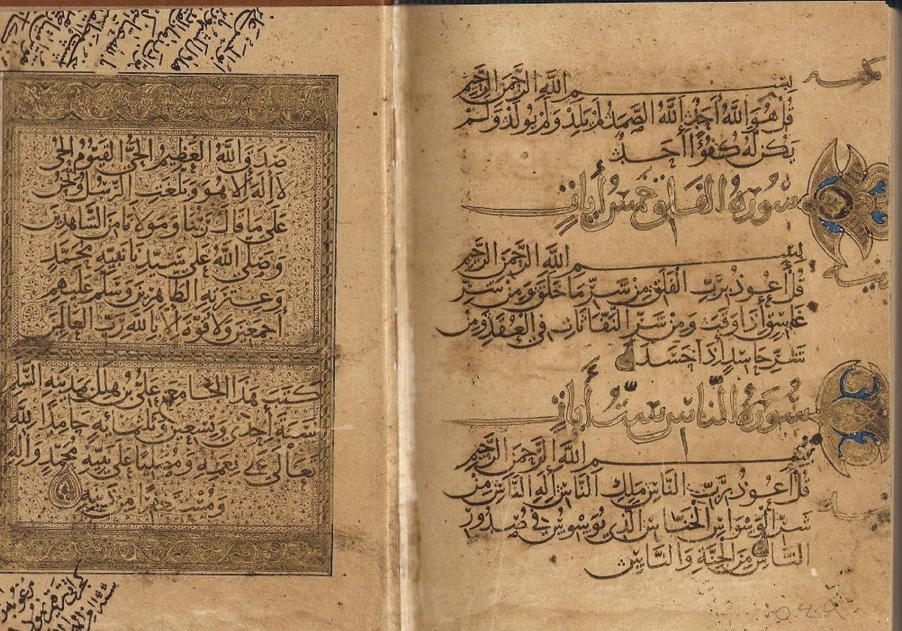

Chagua Kwa Umakini
Upofu wa Nyekndu Upofu wa Kijani Upofu wa bluu Nyekundu Ngumu Kijani Ngumu Kuona Buluu Ngumu Kuona Monochrome Monochrome maalumMabadiliko ya ukubwa wa maandiko:
badilisha nafasi za maneno:
Badilisha urefu wa mistari:
Badilisha aina ya panya:
